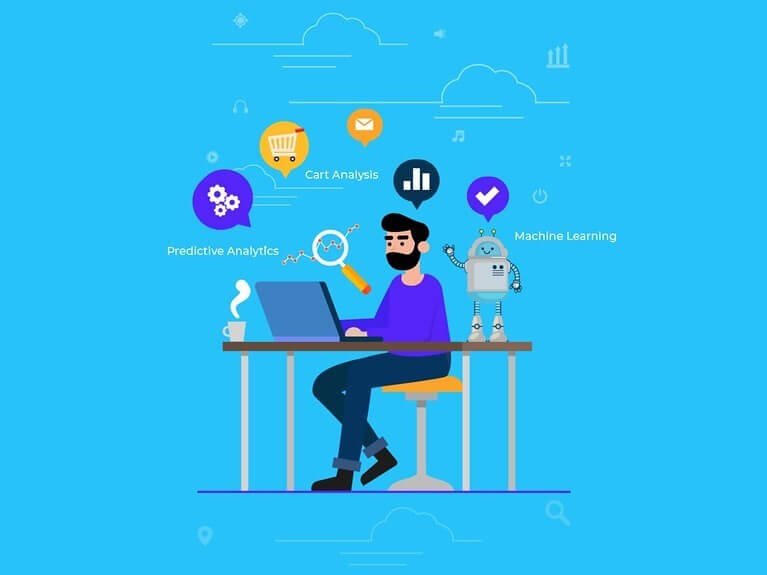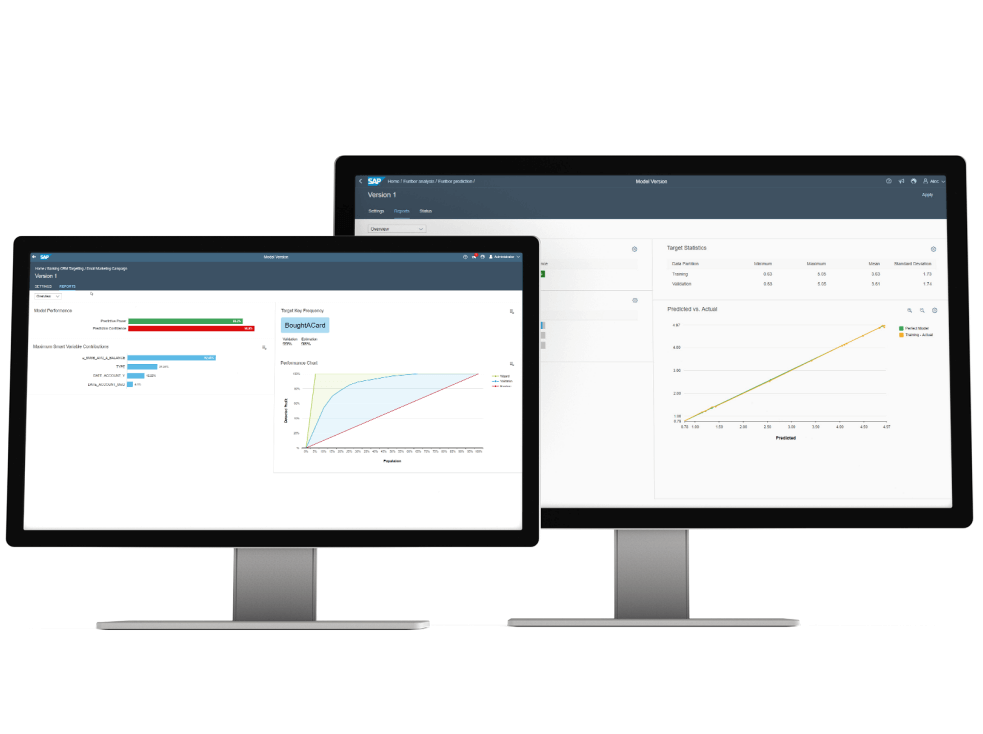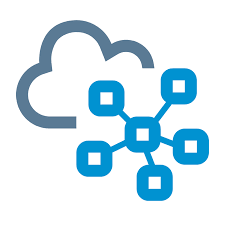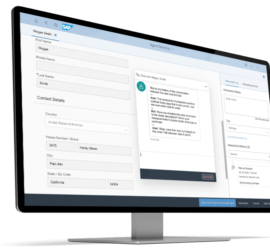 Contact us
Contact us Do You Wish to See the Future, Without a Crystal Ball?
Do you know there already exist tools, which will significantly facilitate your insight into the future? Do you know the opportunities offered in this area by SAP Marketing Cloud? Can SAP Marketing Cloud, in fact, see the future?
Yes, it can. It will not reveal to you the numbers in tomorrow’s lottery; however, it will provide you with the information which will help you to secure the success of your future marketing decisions. This is done thanks to SAP Predictive Analytics, a solution implemented not only in SAP Marketing Cloud.
SAP Predictive Analytics is a high-performance software for data acquisition, for their processing, and for generating statistical analyses. By virtue of its basic properties, it enables the creation of predictive models, penetrating into the core of the surveyed issue, and understanding the relations between historical data and their relations.

Predictive analysis has a broad palette of possible fields of application. Besides marketing, it also assists in other fields to predictively control stock, optimize production and logistic costs; it helps financial accountants to identify possible cases of fraud on the basis of transaction data, etc. However, in marketing and sales you can, using a predictive tool, reliably predict the behavior of consumers, and thereby target the right group of potential customers more effectively.
SAP Predictive Analytics has two components that allow the implementation of predictive scenarios.
- „Automatized mode“ is dependent on machine learning, in order, the data relations are identified independently. After the implementation phase, no further programming is necessary for the algorithm to make predictions on the occurrence of specific events.
- „Expert Mode“ allows competent persons to develop their own algorithms. Optional use of SAP HANA can significantly speed up the execution. The system utilizes connectors for drawing data from SAP resources, as well as from the environment outside SAP.
Why does your marketing inevitably need SAP Predictive Analytics?
Imagine you are a data analyst. You work with a lot of inputs, which subsequently influence the decisions of the company aimed at the improvement of the performance of customer experience. In this variety of data, you have to identify those which are for the company’s benefit in terms of improvement of performance or preventing hidden risks. Then, future steps follow in a form of data transformation, analysis, choosing the right algorithm, training, fine-tuning, and testing, until the predictive model is ready for use. But as soon as you think your work will finally bear fruit, data is changed and the model has to be updated. This is just one model for one decision. There are tens or even hundreds of such models in a company. What is the solution? Either to employ an army of expensive and not always reliable analysts or… SAP Predictive Analytics. It is like having a fully predictive factory producing thousands of models by pressing a single key. Automation of all necessary steps allows for reducing the necessary time from weeks and months to a number of days. And when there comes a time for an update of the model due to modification of data, you will be prepared.
The functionality of SAP Predictive Analytics in the Marketing Cloud
The purpose of the integration of Predictive Analytics into SAP Marketing Cloud is to help to maximize the effect of marketing activities while minimizing their costs. Simply put, this means defining a group of customers who have the biggest potential to buy the product and making it a target group of the marketing campaign.
- The entire process begins with learning from the past. The system selects the customers who already purchased the given or similar product. Subsequently, it investigates the selected set of customers from the point of view of most important purchasing attributes: age, gender, marital status, other performed purchases, objects of interest, number of visits to the site, payment history, and others.
- From the acquired data, it elaborates rules – a so-called predictive scenario (worked out on the basis of the Lorenz curve), which is applied to all contacts. It will line up the results by the height of the achieved score, whereby it works subsequently only with those who appear to be the most potential customers.
- From the resulting set of contacts, a target group for the marketing campaign is created. All those activities are performed automatically without the need for a user’s intervention.
If you became interested in SAP Predictive Analytics and its utilization in marketing or in another area of business, do not hesitate to contact us – our specialists will provide you with further information on possible benefits for your business.
Filip Žarnovický, CRM Consultant



